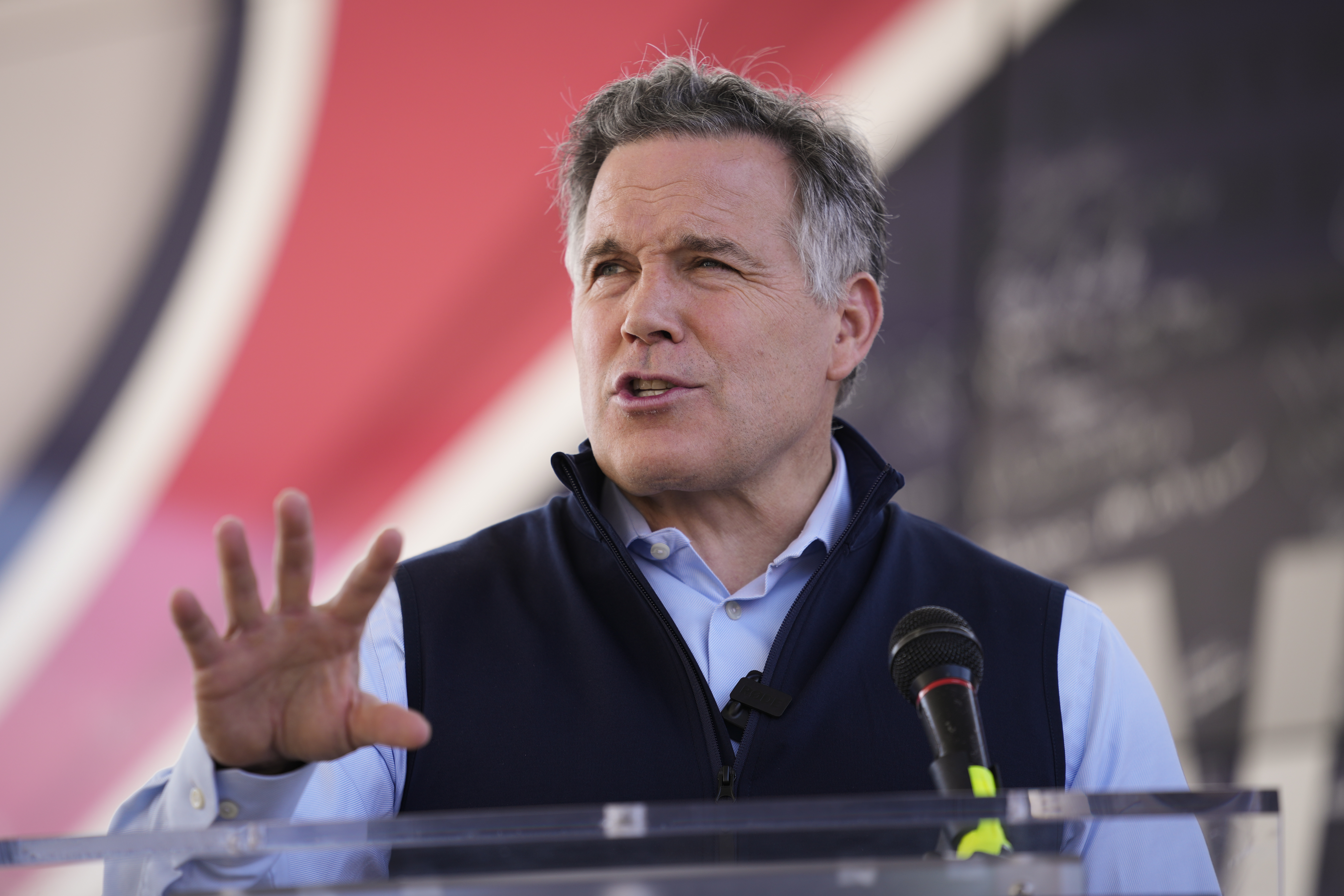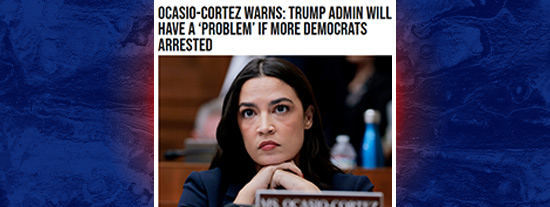Senate Republicans’ strangely uneven spending map

The distribution of advertising spending by Senate GOP candidates has been lopsided. A large amount is focused on Pennsylvania.
Senate Republican spending is concentrated heavily in a few races — a distribution which does not match the actual battleground map.
This dynamic is the result from poor fundraising by some key candidates, and the party’s dependence on fickle large donors to close the deficit. There are many potential targets on the playing field, but the GOP and its partners’ advertising is lopsided rather than spread out. Some of the areas where they are more active do not offer the best opportunities for pickup.
A combination of candidate strengths and weakness, donor preferences, and special interest targeting has created an uneven playing field. It’s clear that a party is far behind in fundraising.
|
There are disparities among the following:
Republicans and their supporters spend more money on a single state – Pennsylvania – than they do in Michigan, Wisconsin, and Arizona together.
The GOP spends 2.3 times more to support former hedge fund chief Dave McCormick in his bid to unseat a powerful Democratic incumbent in Pennsylvania than in Michigan, another purple state with an open seat.
Three Senate races that are in battleground states for the presidential election have seen more money spent on defending Ted Cruz’s Texas Senate seat. The Texas Senate seat is not considered to be at high risk but is still in play.
Rep. Ruben Galego (D-Ariz.), alone, spends more in Arizona than all Republican advertisers combined, including outside groups.
Former Gov. Larry Hogan is getting more money from GOP super-PACs and mega donors. Larry Hogan faces a tougher uphill battle in Maryland, which leans bluer than the Sun Belt.
The National Republicans would have loved to contest all eight of their top offensive battlegrounds. But party leaders did not intend to create a map that was so uneven. Races are not just attractive to money because they’re likely to be won.
Scott Jennings is a long-time advisor to Senate Minority leader Mitch McConnell. He said that there were personal reasons for McCormick’s and Hogan’s outside spending. You can say, “I love Larry Hogan’s politics or I know this person.”
Both parties continue to pour money into the final weeks before the election. A top Senate GOP super-PAC recently committed millions of dollar to close the gap in Midwest. Pennsylvania has one of the highest prices for airing ads, which is justified by the high price.
The shocking disparities may still have a major impact on the Republicans’ chances of winning in November. They also raise questions about how large a majority the Republicans are aiming for.
The Republicans only need to flip two seats in order to secure control of the Senate. They already have West Virginia covered. The red states of Montana, Ohio and West Virginia, which are their top targets, have been fully funded. There is virtually no airtime left for super-PACs in Montana. In Ohio, Republican Bernie Moreno’s allies are outspending Democrats in the state by over $40 million. This is thanks to a super PAC that invested $30 million.
Senate control will almost certainly be theirs if Republicans win one of these seats and ouster Sen. Jon Tester from Montana or Sen. Sherrod in Ohio. They entered the cycle with the goal of flipping a number of other battlegrounds, such as Pennsylvania, Wisconsin and Arizona, where Donald Trump has been battling and motivating the GOP base. Even a top recruit was able to put Maryland on the map.
In some states, the Democratic Party has been overwhelmingly dominant in its spending.
The GOP is facing a spending deficit of more than 2 to 1. Some party officials are feeling increasingly depressed about their prospects, especially in Nevada and Arizona. Donor dollars pouring into blue states like Maryland, or against incumbents like Sen. Bob Casey of Pennsylvania highlights the disconnect between donor preferences and other states more likely to flip.
They don’t think as political strategists. They think like contributors. They try to influence the direction of the party,” said a Republican operative who was involved in Senate campaigns, but spoke anonymously to discuss financial motives.
Pennsylvania: Republican money floods in to help a former CEO of a hedge fund oust an incumbent
Pennsylvania, as a swing state with a high level of competition, was destined to be the top Senate race.
McCormick is a highly sought-after recruit for the GOP. McCormick has impeccable contacts in the finance sector as he was the former CEO of the largest hedge fund in the world. He helped many of the donors to the party grow their wealth while he was on Wall Street. Now they are giving him an important boost.
Keystone Renewal is a super PAC that his allies have created, and it’s funded by a list of GOP megadonors from the Ricketts family to the DeVoses, to the Uihleins. By Oct. 2, the super PAC had spent over $42 million in the Senate race.
The Senate Leadership Fund, a super PAC that is closely aligned to McConnell’s Republican Party, has spent more than $45,000,000,000 on advertising for McCormick. Outside spending pushed pro-McCormick ads in the state up to $113 million between Labor Day and Election Day.
Democrats spent $81.6 million collectively during this period. Of that, $21 million came from Casey’s campaign.
Republicans know McCormick needs every minute of advertising he can get to spread his message in Pennsylvania during an election year.
Casey, the son of a former Governor, has won six elections at the state level in his career. He was first elected to the Senate by 2006 and won all three of his races with double-digit margins. Some Republicans admit that he’s “political royalty” in the state, and will be difficult to beat.
“Casey is hard to beat.” Rep. Dan Meuser, R-Pa., said: “I’ve known him 30 years.” Casey’s association with the national Democrats could drag him down, Meuser said. McCormick, however, will need to raise as much money as possible. Dave has to be able to crack the code to win.”
Sun Belt: Democrats are consuming Republicans’ TV budgets, but it is worse than first appears
Pennsylvania has received a fraction of the amount of money that other states have.
Nevada: Since Labor Day, Jacky Rosen’s allies and the first-term senator have outspent Sam Brown’s supporters and Republicans by more than a 2:1 ratio. They spent $45 million compared to $19 millions. Brown’s campaign has spent only $3 million on ads, compared with Rosen’s $12.5.
The hidden costs of TV spending








No Comments